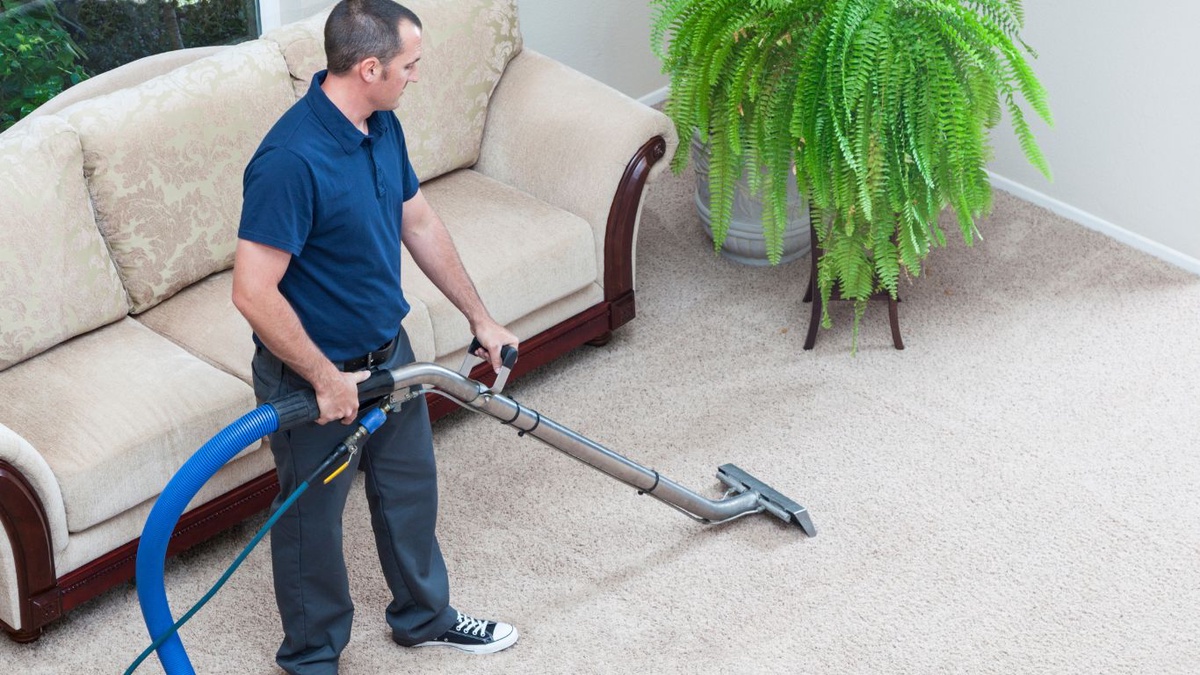Common household pests, often regarded as mere nuisances, can pose significant health risks to humans. Understanding these risks is crucial for maintaining a healthy living environment. This Carpet Cleaning Berwick blog delves into the various health hazards associated with some of the most prevalent household pests and underscores the importance of effective pest control measures.
1. Cockroaches
Cockroaches are notorious for spreading disease. They can carry pathogens such as Salmonella, E. coli, and a variety of parasitic worms. Additionally, cockroach droppings, skin shedding, and saliva can trigger allergic reactions and asthma, particularly in children. The allergens can remain in the environment long after the cockroaches have been eliminated.
2. Rodents
Rodents like rats and mice are known carriers of dangerous diseases, such as hantavirus, leptospirosis, lymphocytic choriomeningitis (LCMV), tularemia, and plague. These diseases can be transmitted through rodent bites, contact with rodent feces, urine, or saliva, or indirectly through fleas or mites that have fed on an infected rodent. Rodent droppings can also cause allergic reactions and asthma.
3. Mosquitoes
Mosquitoes are perhaps best known for their role in transmitting diseases like malaria, dengue fever, Zika virus, West Nile virus, and chikungunya. These diseases can have severe health implications and, in some cases, can be fatal. Mosquito-borne diseases are more prevalent in certain geographical areas, so it's important to be aware of the risks, especially when traveling.
4. Bed Bugs
While bed bugs are not known to transmit diseases, their bites can cause allergic reactions, itching, and discomfort. Some individuals may experience severe allergic reactions to bed bug bites. Additionally, the presence of bed bugs can lead to stress, anxiety, and sleep disturbances.
5. Flies
Houseflies and fruit flies can contaminate food and surfaces by spreading pathogens, including those that cause food poisoning, such as Salmonella and E. coli. They breed in decaying organic matter and can transfer contaminants from these unsanitary areas to human food and living spaces.
6. Termites
Though not directly harmful to human health, termites can cause significant damage to the structure of homes, leading to unsafe living conditions. In extreme cases, termite damage can make buildings structurally unsound.
Prevention and Control
Preventing infestations and promptly dealing with pests are key to mitigating these health risks. This includes maintaining cleanliness, sealing entry points, managing moisture, and using appropriate pest control methods. In some cases, professional pest control services may be necessary to effectively deal with an infestation.
Conclusion
Understanding the health risks associated with common household pests is essential for protecting the well-being of individuals and families. Effective pest management not only ensures a pest-free home but also contributes to a healthier living environment. Regular inspections and preventive measures are crucial components of effective pest control strategies.


No comments yet